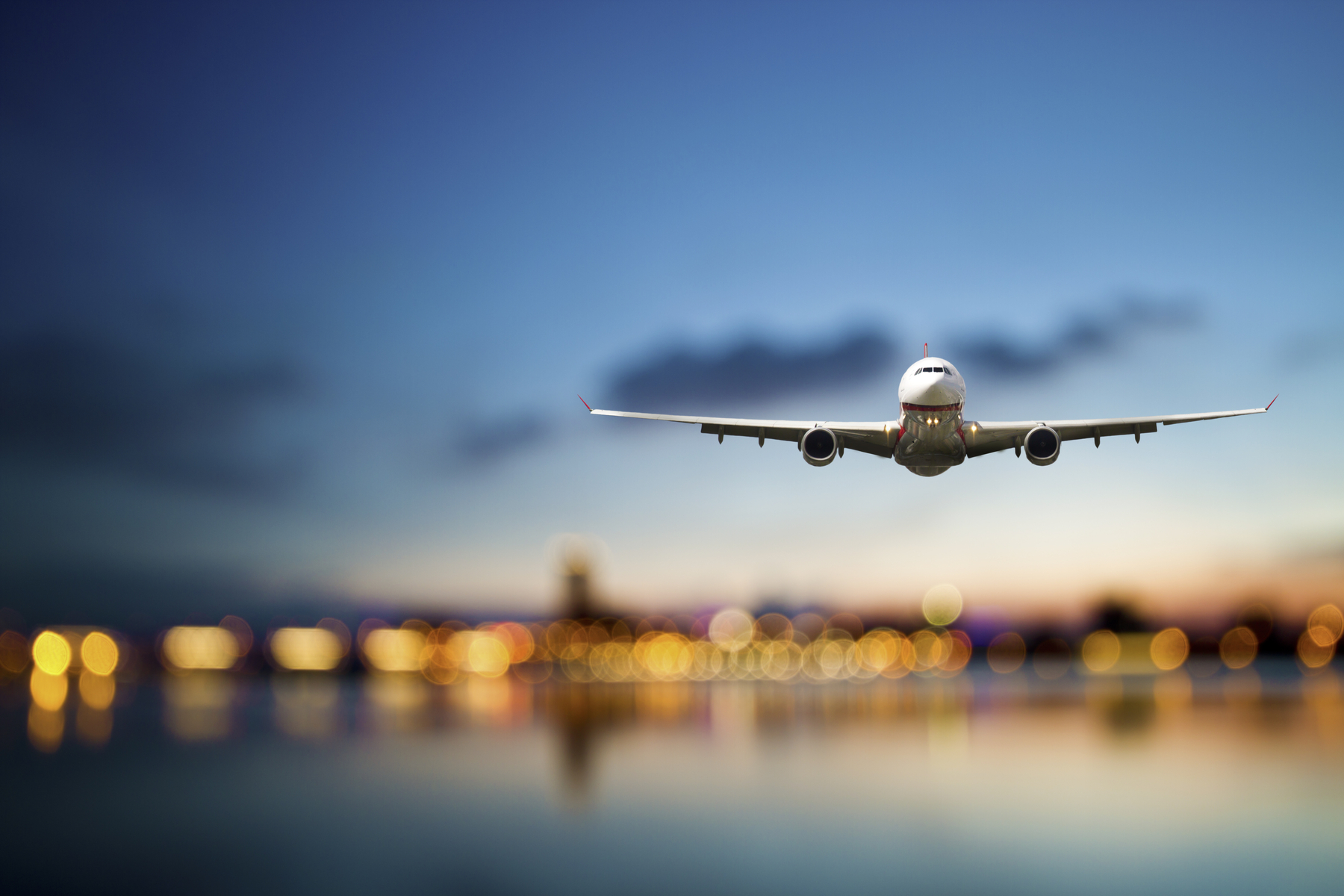
Airports Council International (ACI) Asia-Pacific warns the prolonged duration of the COVID-19 outbreak will significantly set back the region’s airports from previously forecasted growth prospects.
The airport association urges regulators and governments to implement well-defined adjustments and relief measures tailored to suit local level contexts. According to ACI World estimates, APAC is suffering the highest impact, with passenger traffic volumes down -24% for the first quarter of 2020, compared to forecasted traffic levels without COVID-19.
Within the APAC region, mainland China, Hong Kong and the South Korea remain at the centre of the effects with sizable losses in traffic volumes. Meanwhile, there is a sharp spike in the number of COVID-19 cases in several countries in the Middle East, expecting to significantly impact traffic downwards by -4.2%, as travellers and airlines adjust their plans and seat offers in the coming days and weeks.
“Immediate cash flow pressures.”
Against this gloomy background of sharp declines in traffic and passenger throughput, airports’ aeronautical revenues and non-aeronautical revenues are rendering similar declines. The ACI World Airport Traffic Forecasts 2019–2040 predicts USD 12.4 billion revenue for the first quarter in the Asia-Pacific region in the ‘business as usual’ scenario. The impact of COVID-19 is projected to have a revenue loss of USD 3 billion.
“Unlike airlines, who can choose to cancel flights or relocate their aircraft to other markets to reduce operating costs, airport operators manage immovable assets that cannot be closed down. They are faced with immediate cash flow pressures with limited ability to reduce fixed costs and few resources to fund capacity expansion efforts for longer-term future growth,” said Stefano Baronci, director general of ACI Asia-Pacific. “For privately-held airports, the situation is even worse as they do not benefit from relief measure but are obliged to continue paying concession fees to governments.”


Comments are closed.